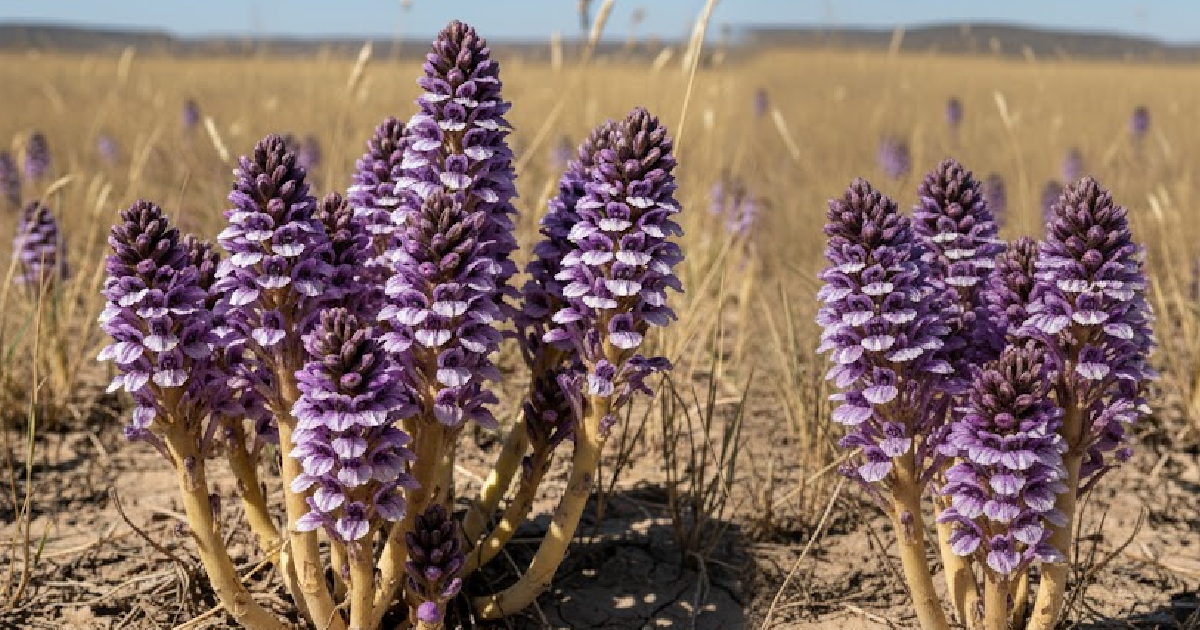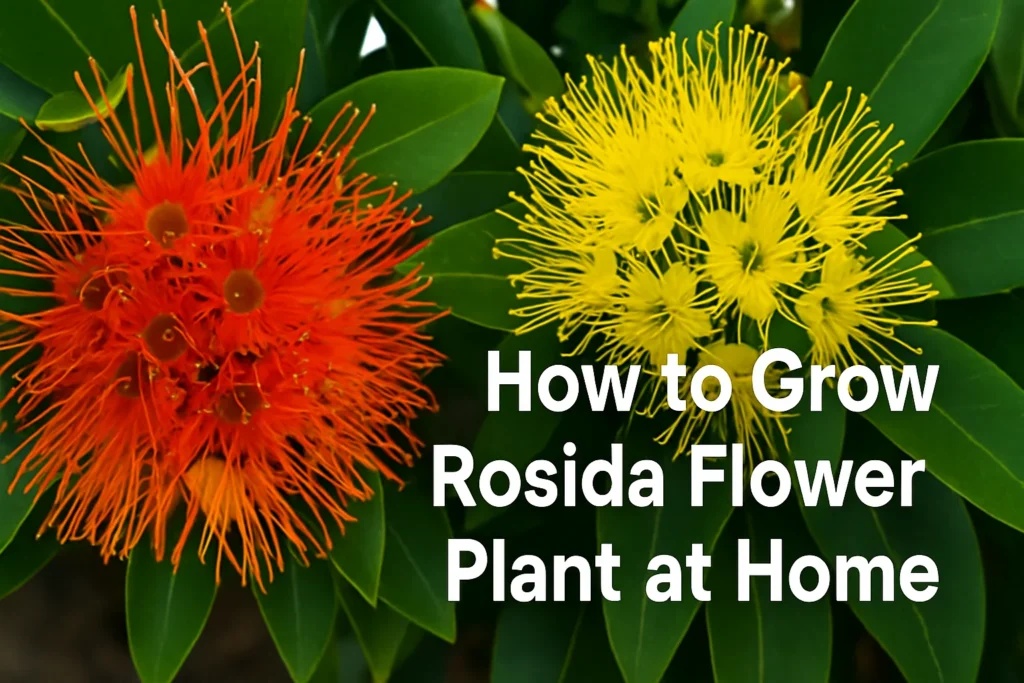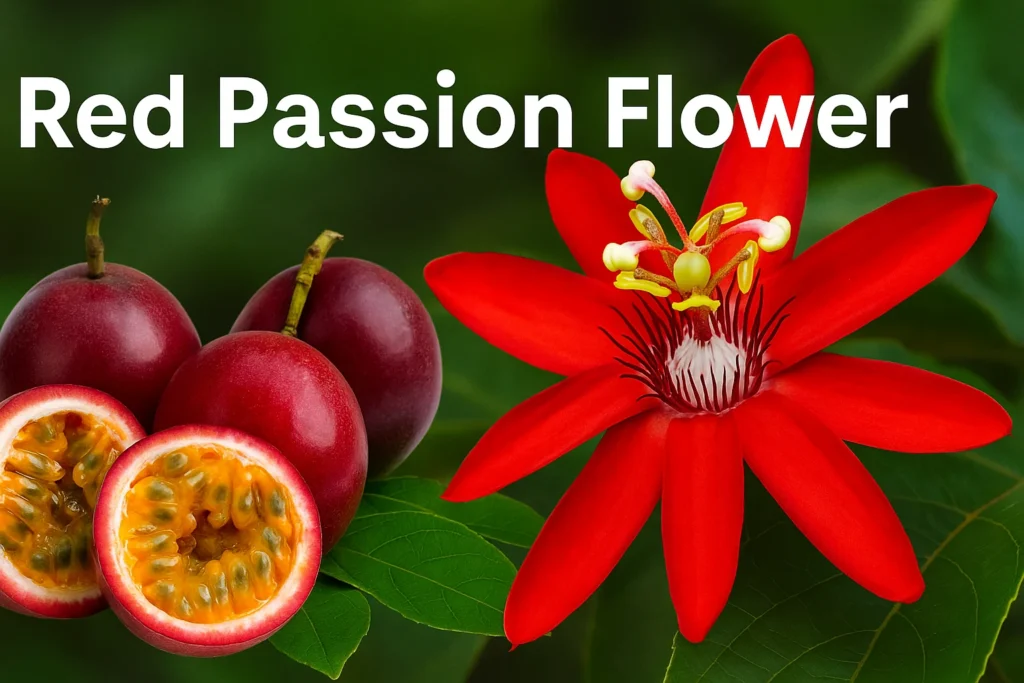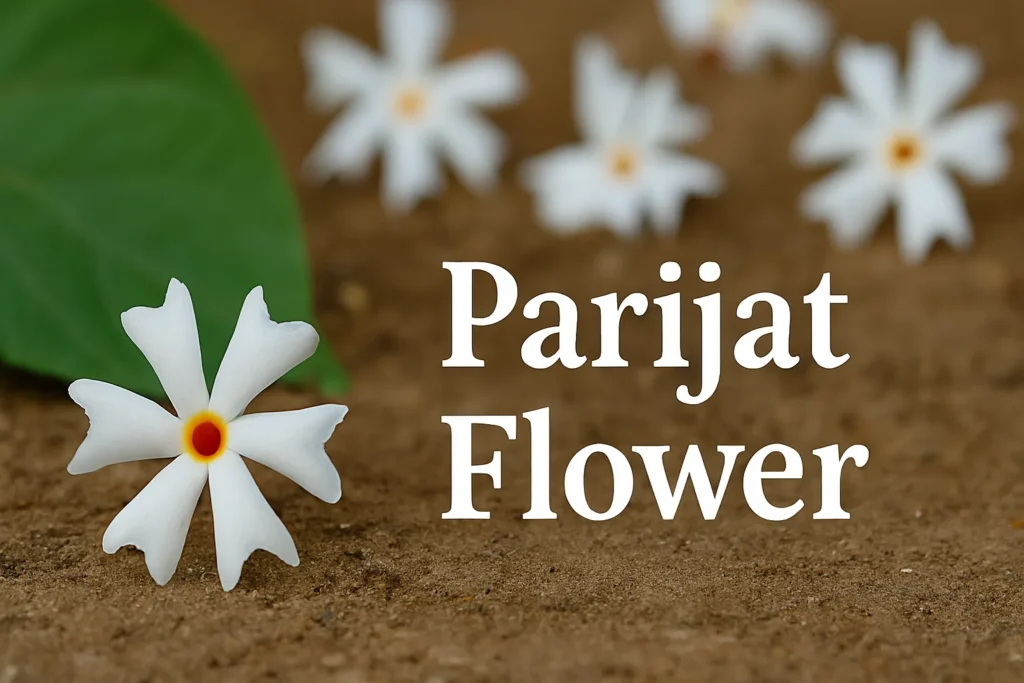When we think about plants, we usually imagine green leaves producing their own food through photosynthesis. But not all plants follow this rule. Some, like Orobanche Cernua, have taken a very different path. Belonging to the broomrape family (Orobanchaceae), this plant is a parasitic species that survives by attaching itself to the roots of other plants.
This guide will help you understand what makes Orobanche Cernua unique, where it grows, why it matters in agriculture, and how it can be managed.
What is Orobanche Cernua?
Orobanche Cernua, commonly known as Nodding Broomrape, is a parasitic flowering plant. Unlike normal plants, it lacks chlorophyll, which means it cannot produce food on its own. Instead, it attaches to the roots of host plants and absorbs nutrients and water from them. Key features include:
- A pale yellow to brown stem that emerges above ground.
- Scaled leaves instead of green foliage.
- Small, tubular flowers that can range from white to purple.
Because of its parasitic nature, this plant is often considered a serious agricultural weed in regions where it spreads aggressively.
Distribution of Orobanche Cernua
Orobanche Cernua is found in many parts of Asia, Europe, and the Middle East. It thrives in dry, semi-arid climates and is especially common in regions with intensive farming. Countries where it is frequently reported include:
- India
- China
- Pakistan
- Russia
- Mediterranean regions
In India, its spread often overlaps with areas where crops like the Sunflower are grown, making it a serious concern for farmers.
Host Plants of Orobanche Cernua
This parasitic plant attacks the roots of several important crops. Some of its common host plants include:
- Sunflower: one of the most affected crops worldwide.
- Tobacco: severe yield loss reported in infested fields.
- Tomato and Eggplant: often damaged in vegetable-growing areas.
- Other Solanaceae members: such as chili and potato.
The plant’s effect on vegetables makes it as critical to monitor as pests in flowering plants like the Marigold Flower.
Impact on Agriculture
Farmers consider Orobanche Cernua a major weed problem because:
- It reduces crop yields by weakening host plants.
- Infestation spreads quickly and is hard to control.
- Once in the soil, its seeds can remain viable for 10–15 years, making management difficult.
- In some cases, crop losses can reach 50–100% if left untreated.
This level of damage can be as impactful as the challenges faced when managing soil for crops in Winter Vegetables in India.
How to Control Orobanche Cernua?
Managing a parasitic plant is not easy, but several strategies help reduce its impact:
- Crop rotation with non-host crops can break the cycle.
- Resistant crop varieties are being developed to limit infestation.
- Soil solarization (using plastic sheets to trap heat) can kill seeds in the soil.
- Herbicides may provide some control but must be used carefully.
- Manual removal of emerging plants helps in small fields but is labor-intensive.
Combining these strategies, much like integrated gardening seen in Terrace Garden Ideas for Home, can help farmers balance productivity and sustainability.
Conclusion
Orobanche Cernua is a unique but problematic plant that survives by parasitizing crops like sunflower, tobacco, and tomato. While it may seem fascinating as an example of plant adaptation, its agricultural impact is significant, often leading to major crop losses. Understanding its biology and using a mix of control strategies can help reduce its spread and protect valuable crops.
For gardeners and farmers who enjoy learning about unusual plants, this species is a reminder of the many ways plants survive; even if it means depending entirely on others.













